Mingjie Group is a professional manufacturer of wood biochar production equipment. We offer a variety of biomass carbonization plants, including the MJT-100, MJT-500, MJT-1000, MJT-2000, MJT-3000, and MJT-5000.
Our continuous biomass pyrolysis plant has a minimum output of 100 kg/h and a maximum output of 5,000 kg/h. Actual wood biochar production efficiency depends on the moisture content of the material. Our biomass pyrolysis plants are highly adaptable and can process coconut shells, palm shells, straw, rice husks, wood chips, sawdust, and other materials.
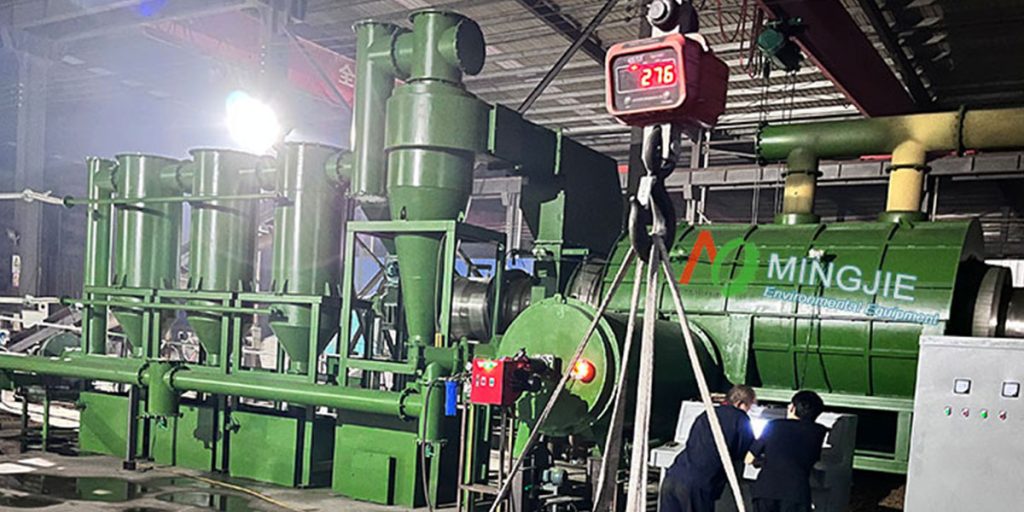
Mingjie wood biochar production equipment utilizes a double-layered cylinder structure. The inner cylinder dries the material, while the outer heating zone pyrolyzes and carbonizes it. This achieves integrated drying and carbonization, ensuring the ideal biochar content.
The wood biomass to biochar production machine operates 24 hours a day, smokelessly and dust-free. It separates and collects excess wood tar, meeting environmental standards. Biochar production equipment offers higher thermal efficiency and energy savings. A multi-stage purification system effectively filters out harmful gases.
The wood charcoal making machine mainly consists of drying system, pyrolysis system, product collection system, purification system, and PLC control system. The entire carbonization process is automated and easy to operate.
The wood material must first be crushed and then dried in a dryer. The feed material must have a moisture content below 15% and be smaller than 20mm in size.
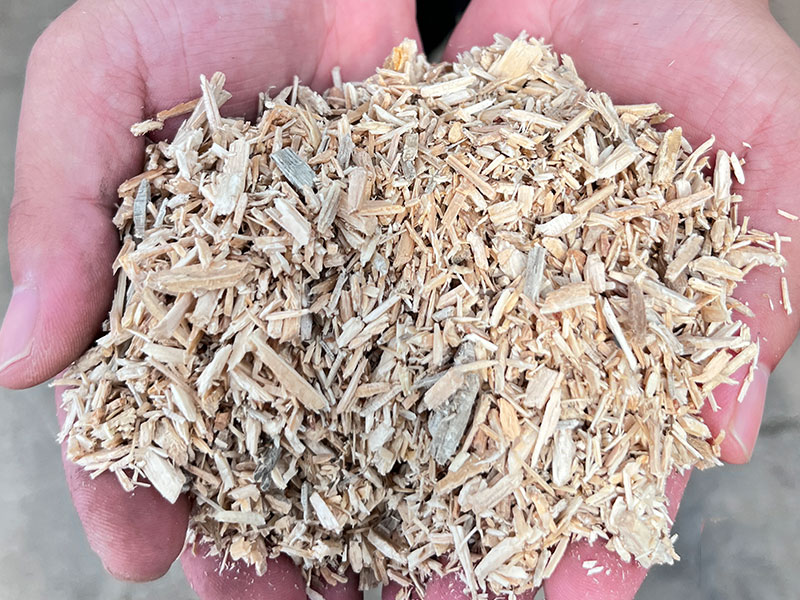
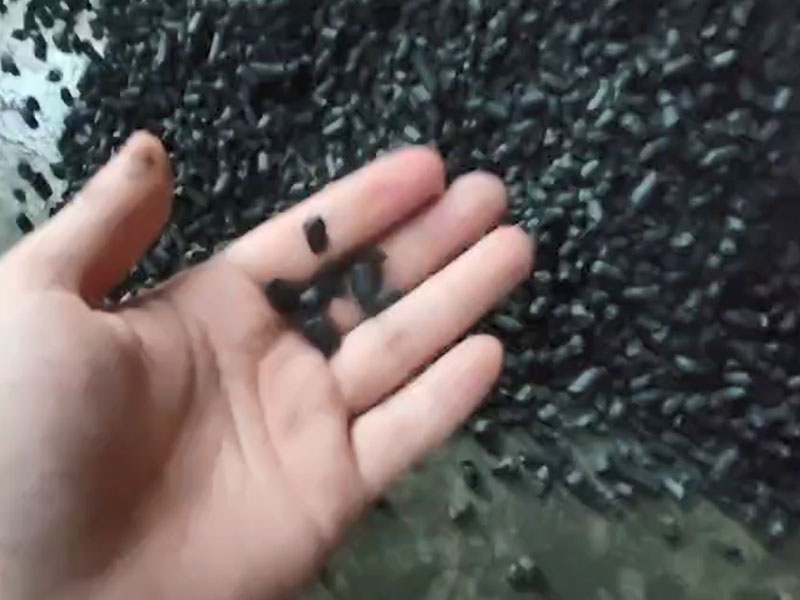
The carbonization reactor is preheated, and the material is then transferred to the reactor for pyrolysis and carbonization.
After 18-20 minutes of carbonization, the wood can be discharged through a water-cooled discharger.
About 10 minutes after feeding, syngas is generated. It first enters a cyclone dust removal system for cleaning, desulfurization, and dust removal, then enters a condenser to separate it into wood vinegar and tar. The remaining gas is directed outside the main furnace and used to heat the reactor.
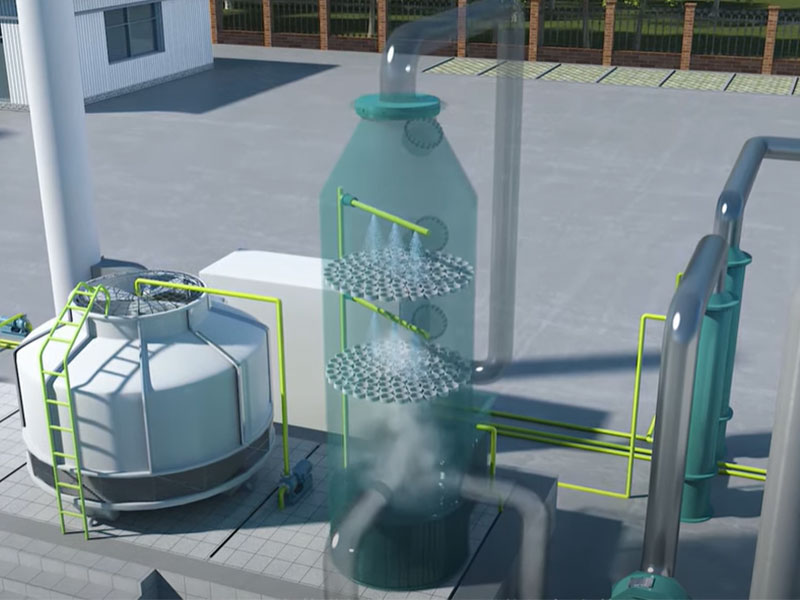
A portion of the waste heat is used to heat the dryer, while the remaining flue gas is discharged through a dust removal system.
Wood biochar has a rich porous structure, which improves soil aeration and water permeability, enhancing its ability to retain water and fertilizer. It also regulates soil pH, creating a suitable soil environment for crop growth.
Wood biochar absorbs nutrients from the soil, providing a continuous supply of nutrients for crop growth. It also enhances crop disease resistance, reduces pest infestations, and improves crop yield and quality.
The biomass to biochar production can sequester carbon over the long term, reducing atmospheric carbon dioxide levels. It acts as a carbon sequester, contributing to mitigating global climate change. Research indicates that every ton of wood biochar produced can sequester approximately 0.8-1.2 tons of carbon.
Wood biochar has excellent adsorption properties, effectively absorbing harmful substances, such as heavy metal ions and organic pollutants from water and soil. It can be used in sewage treatment and soil pollution control, reducing the harm of pollutants to plants and the ecological environment.
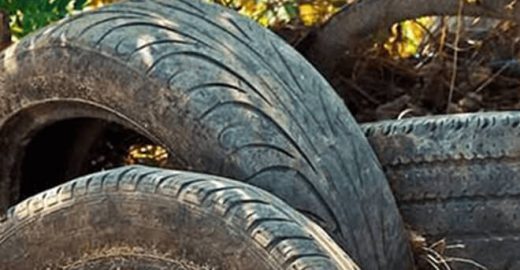
An Australian general waste and tire recycling authoritative body turned to Environment Minister Sussan Ley in November last year with a request to prohibit whole bale tire…
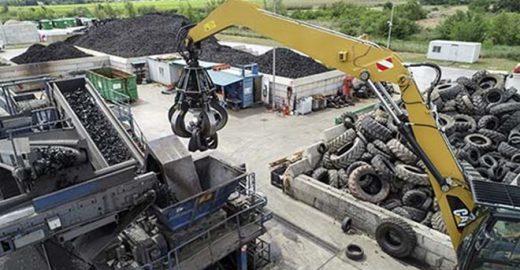
Aliapur – a French end-of-life tire management authority – recently announced a call for applications to participate in a tender to renew end-of-life tire collection and recycling contacts for 2021–2024..